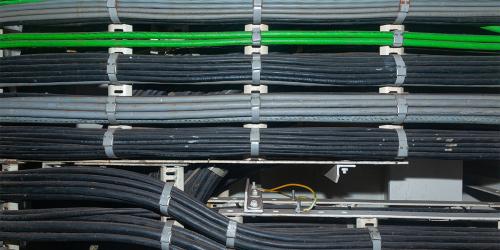Stainless steel comes in a wide variety of grades. Each grade has it's own particular characteristics and chemical make up that make it useful for certain applications. Two of the most commonly used grades of stainless steel are grade 304 and grade 316. Grade 304 is often referred to as '1.4301', 'A2' or 'AISI304'. Grade 316 is commonly known as '1.4401', 'A4' or 'AISI316'.
Visually, it is impossible to see a difference when it comes to 304 grade and 316 grade stainless steel. These grades of material are polished using the exact same process and both need some sort of material test report to be able to work out which grade is which. However, there are in fact other characteristics of which make them their own. The most obvious difference between these two grades of material is what exactly they are made up of.
Grade 304 stainless steel is made up of 18% chromium and 8% nickel. The fact that this grade is low in carbon means that it is much more versatile therefore is widely used. Grade 304 stainless steel is resistant to oxidation, corrosion and durability. There is a variety of finishes in which grade 304 has to offer.
Grade 316 stainless steel is built up of only 16% chromium but 10% nickel. This grade of material also includes 2% molybdenum. It is perfect for outdoor usage in that it has superior corrosion resistance and is even more resistant to corrosion than grade 304. Unlike grade 304, 316 is known for its durability. Also, you find that grade 316 stainless steel is much easier to fabricate, clean, finish and weld. Yes, grade 316 is more expensive up front, however, in the long run, it can save you greatly, especially if being used outdoors.
Here at BS Fixings we supply different products such as tying wire and banding using these grades of material. If you have any questions or suggestions, don’t be afraid to contact our expert team!






